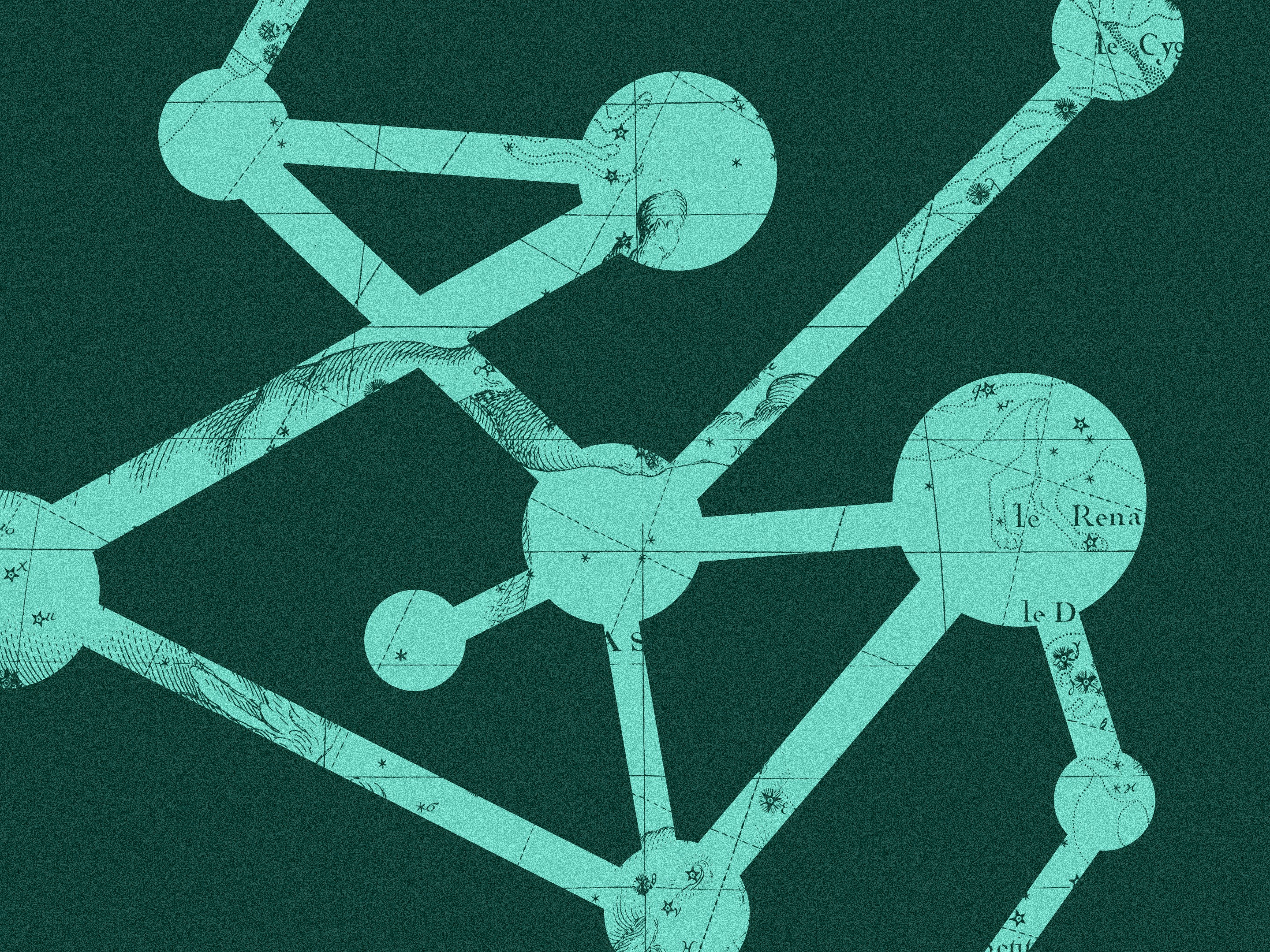
We design timeless brands for discerning audiences.
At Fifty Thousand Feet, we approach the world with broad vision, sharp focus, and clear intent. We help the world’s most distinguished brands reach their highest expression and establish lasting influence.
With a heritage in world-class design and incisive strategy, we deliver experiences that captivate and provoke ideas that inspire loyalty.










